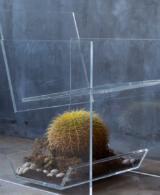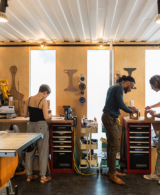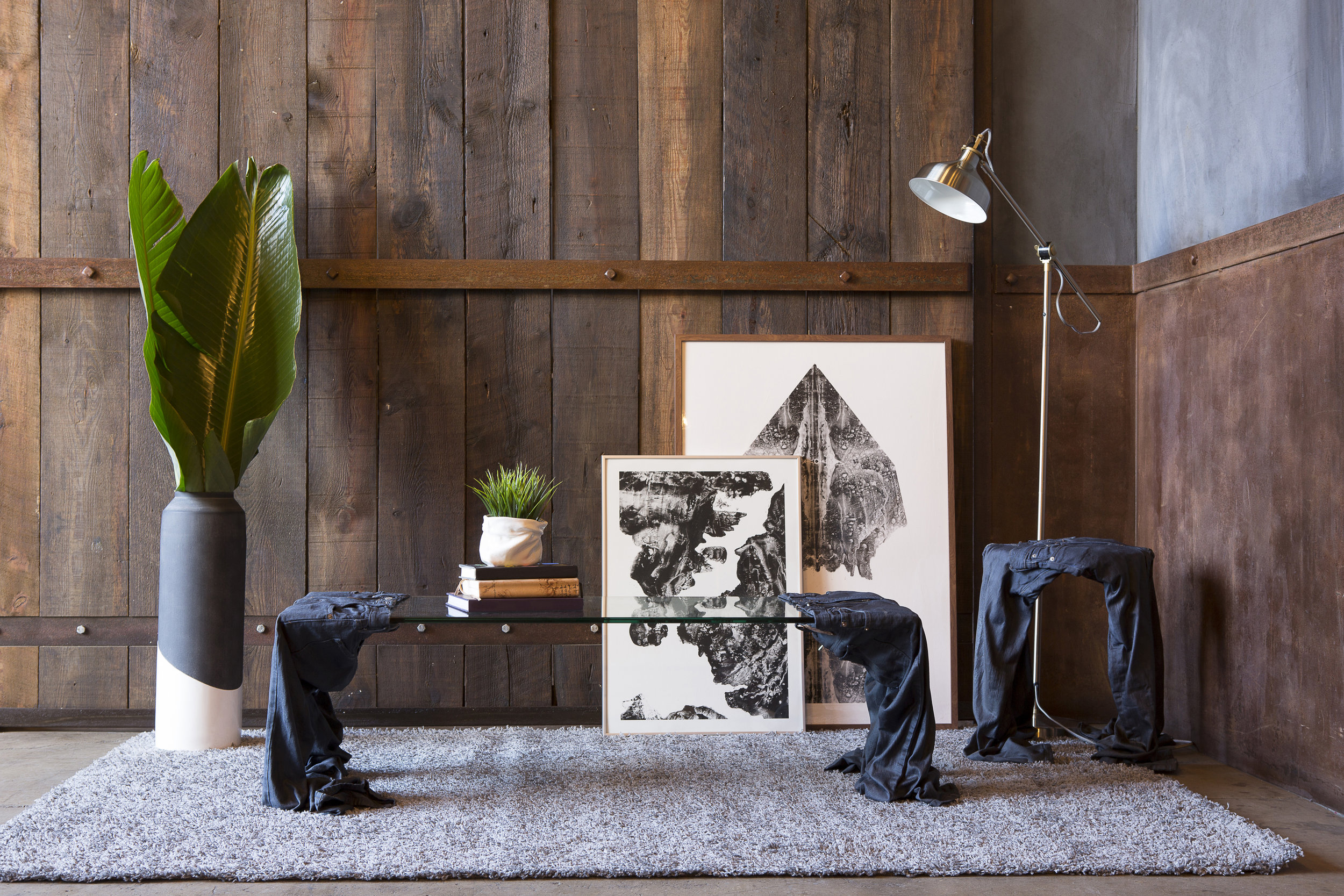
With it, we’ve begun to lose, or at least weaken our relationship to something that we encounter—and have to consciously choose to wear everyday: clothing.
When we opt to spend less on a “fast fashion” item, we have less attachment to the piece. If it becomes stained, or torn at the seam, we are more likely to toss it in the bin rather than mend it. Not only is that wasteful, it is also supporting low-wage workers in developing countries. It’s contributing to the demise of our planet. It is relegating our clothing’s significance, not only as a form of our identity, but taking for granted its intrinsic utilitarian use. Having been around some 170,000 odd years, its functionality has shifted from a very necessary means of survival to merely an aesthetic choice in first world countries.
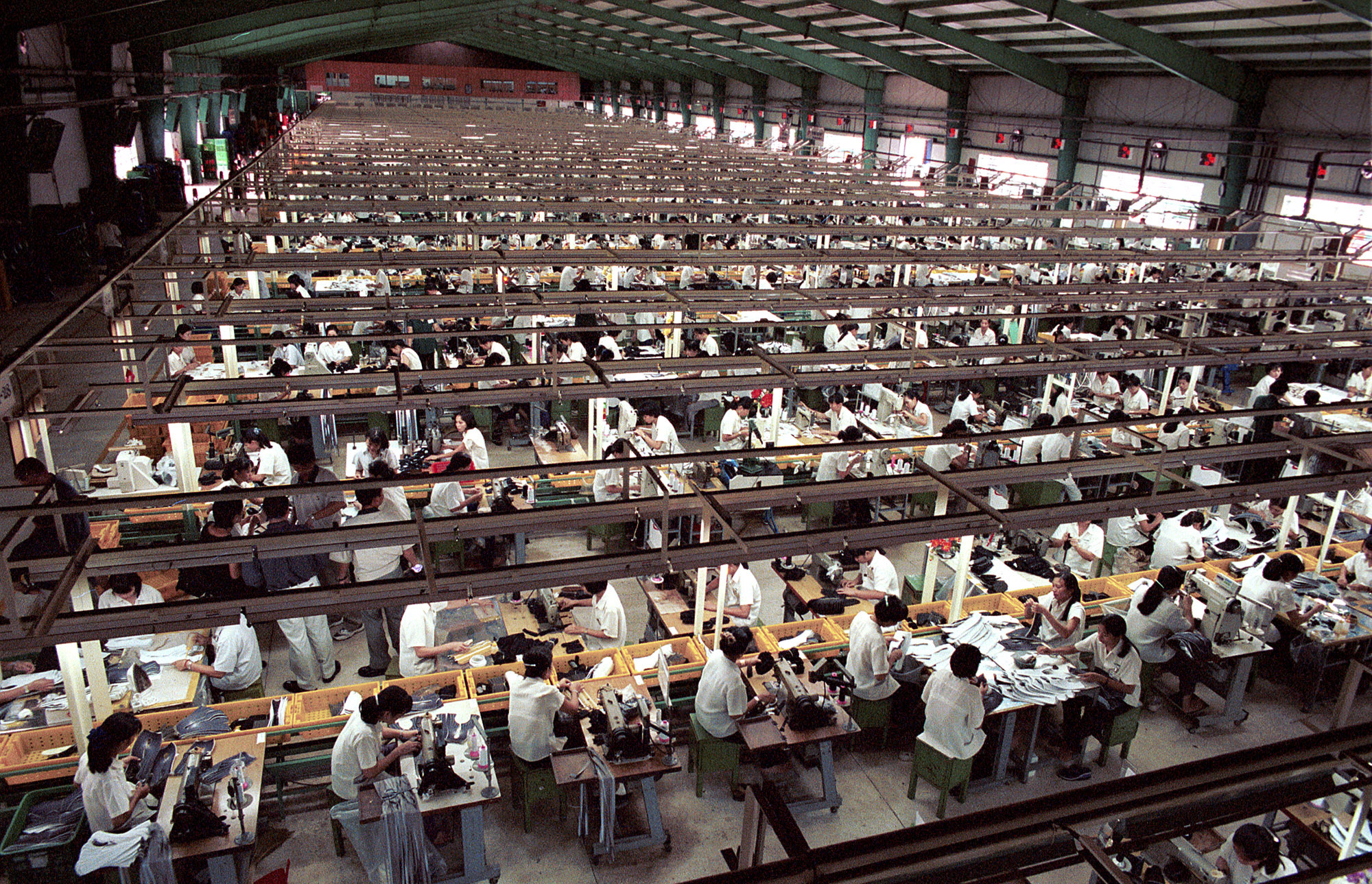
But fashion is not as shallow as its critics suggest; it is a central mechanism of socio-cultural formation and is instrumental in the social construction of identity. The clothes one chooses to wear marks more than taste and a sense of style; they are signifiers of sex, gender, sexuality, race, class, religion, age, and even social experience. It can be said that the prime medium with which individuals present themselves is the body, and clothing is an organic extension of said identity.
What we wear helps us solidify our bodily borders and define our individuality. Our clothes are a form of unspoken and unwritten communication, allowing us to convey a message to others how we want to be perceived.
But what happens when we strip ourselves of clothing? What do our clothes mean when not worn? By taking articles of clothing out of context, the material creates its own meaning, sans humans (albeit man-made).
We usually support our clothes, filling them, giving them their shape. But, if we flip that concept on its head, clothing “supports” our bodies not only by protecting them from the elements and preserving modesty, but also allowing, no, encouraging, us to express our individuality, highlighting the fact that our reliance on clothing goes so much further than that of stylistic preference. Clothing is existential to our humanity as a distinctly human artifact, and we’ve come to take it for granted.
The Worn Series rethinks the traditional connection between clothing and the way we consume it. The Worn Series is made exclusively of clothing thrifted in and around Brooklyn, infused with an eco-friendly EcoPoxy resin, and left to cure until hardened. Void of a substructure, each piece in the series is a standalone work of art hand-draped by our in-house artisans.
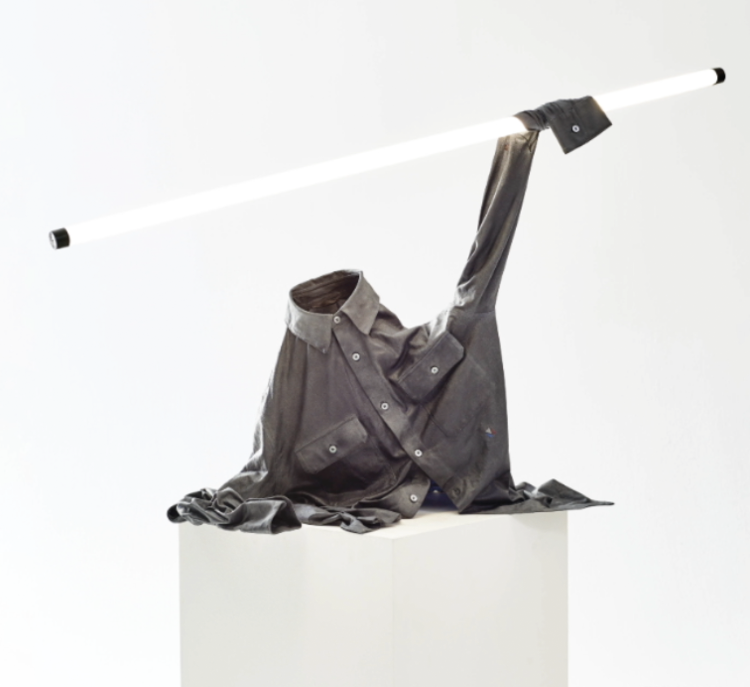
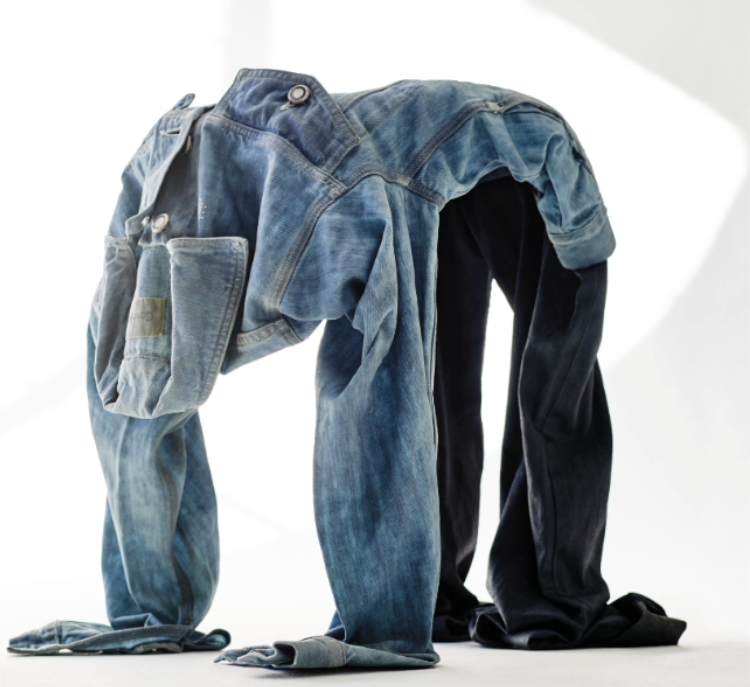
With the Worn Series, clothing is given new purpose. Without clothing, the Worn Series would be unable to achieve its full artistic potential. Its structure and creative expression are reliant upon the reclaimed materials that are essential to its design. The pieces bring a new question to the forefront: what are clothes truly capable of? While making you look and feel great, clothing has much more to offer, as evidenced in the Worn Series. At once a functional product and art piece, each member of the series forces one to reflect on the origins of clothing and its intrinsic production value often undermined by the fast fashion industry. From the designer to maker, every article of clothing is a work of art deserving appreciation.
The next time you pop in the shop “just to look” and find a piece you just have to have because it’s been deemed the next big thing by the sartorial hegemony, ask yourself if you’re buying it to wear support the clothes (and consumerism in a blatantly capitalist society), or so the clothes will support you by helping to establish your identity, to communicate with others without saying a word



